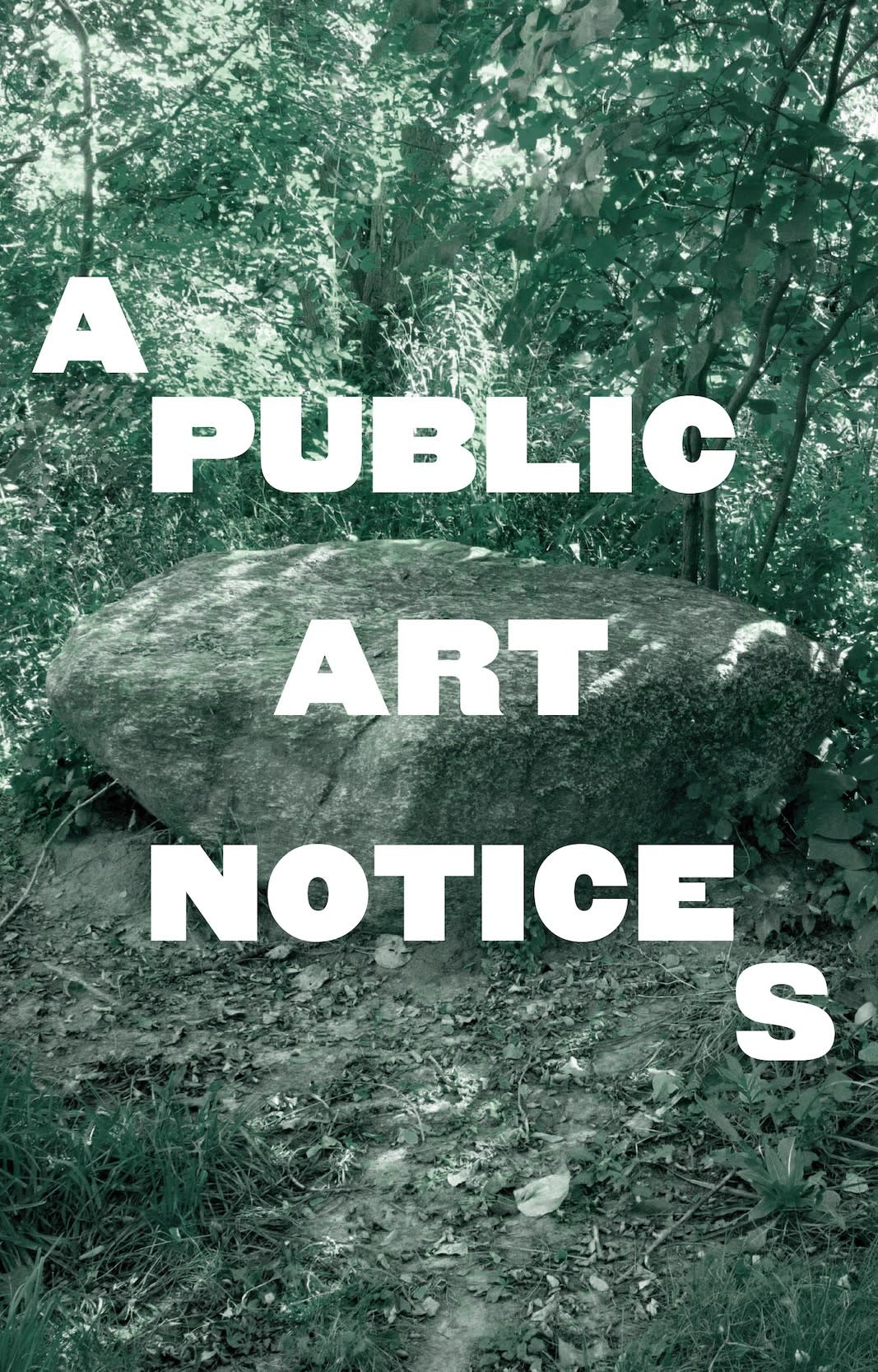Guest Blog: Tools for reducing plastic waste and other environmental impacts of art and exhibition making
by The Synthetic Collective
GCC’s Guest Blog series puts the spotlight on organisations across the world who are all working in creative ways to secure an environmentally responsible future. Views expressed are the author’s own.
The Synthetic Collective is an interdisciplinary collaboration among visual artists, cultural workers and scientists.
Our research focuses on plastics pollution in the Great Lakes watershed in Canada and the United States. This body of water holds approximately 21% of the world’s surface fresh water reserves, and provides drinking water to more than 35 million people. It is an area of great natural beauty. But it is also a centre of industry, agriculture, and manufacturing, and currently faces multiple significant and overlapping pollution threats. Among these is plastic pollution. There are more than 2,500 plastic-based industries in the region, and it has been shown that the Great Lakes have levels of plastic pollution in excess of that of the infamous Great Pacific Garbage Patch.
The Synthetic Collective’s work focuses on tracking, quantifying, visualising, and responding to plastic pollution in the region, and has resulted in scientific studies, publications, art, and exhibitions.
A central aim of our plastic-focused research is to consider how to do our work in environmentally-attuned ways, believing that research that topically addresses the climate crisis should also minimise its own potentially harmful impacts. Our approach is DIY, based in learning-through-doing and collaboration, and focused both on revealing the full life-cycle of plastics in the art/museum world, and in connecting plastic pollution in the region where we live and work to wider efforts to reduce the environmental impact of art and exhibition making.
This has led to the production of a series of toolkits and case studies, which we share here. The work is ongoing, open to adaptation and revision, and aimed to be scalable from individual artists working alone in the studio to large institutions comprising multiple stakeholders.
Recent art and exhibition work undertaken by the Synthetic Collective emerged from collaborative scientific work. In 2017, artists and scientists worked together to simultaneously sample 66 beaches along the Great Lakes’ shorelines for pre-industrial pellets, also known as plastic nurdles. 12,595 pellets were collected, and then described based on their visual characteristics. The type of pellets used by specific companies (which would make it easier to connect sampled pollution with the polluter) is considered generally to be an ‘industry secret.’ Thus, this publication simultaneously quantified plastic pollution in the region and also serves as a tool kit for industries working with raw plastic feedstock in the Great Lakes region.
Through sharing information on the number and location of characterised pellets, industry is given the opportunity to privately and anonymously learn where their pellets were ending up in the environment. Our hope was that the study would help to mitigate poor disposal practices thereby lessening the presence of this form of pollution in the Lakes. Once the scientific work was complete, Synthetic Collective members worked to translate its findings into the basis of artworks and an exhibition.
A DIY Fieldguide for Reducing the Environmental Impact of Art Exhibitions
This field guide was produced alongside the exhibition Plastic Heart: Surface All the Way Through, organised by The Synthetic Collective, in collaboration with the Art Museum at the University of Toronto and the Canadian Cultural Centre in Paris.
The guide outlines the process of trying to organise an exhibition with a distinct theme – the histories and paradoxes of plastics in both the arts and the environment in the Great Lakes region – while also taking into consideration the environmental impact of planning said exhibition.
The processes, materials, research, and strategies used in organising Plastic Heart are described and contextualised within a history of environmental art and exhibition making. Also included is the Synthetic Collective Manifesto, with its central approach of enough: “an aesthetic based in achieving maximum impact with the minimum of resources.”
Plastic Heart: Surface All the Way Through
The work of the DIY Fieldguide was extended through an article recently published in the Open Library of Humanities Journal. While the DIY Fieldguide describes the process of organising the exhibition, the article looks back on the exhibition after its showing in Toronto, addressing some of the challenges that emerged during installation through reconfiguring the show as a travelling exhibition.
The article also takes a wider view on the complicated role of plastics in the art world and museums, exploring the seductiveness of plastics as material and the challenges of conserving plastics in museum collections.
Participants included public art conservators, curators, municipal employees, architects, designers and curators. The poster was produced as a low resolution, online PDF as well as a risograph print. For those looking for more than a quick read, a bibliography and extended interview notes are also available here.
The Synthetic Collective is teaming up with the Centre for Sustainable Curating to take part in a residency at LUMA Arles as part of the Sustainable Institution project. This contribution will result in an artwork/toolkit designed to explore the tension between the duty of care museums have towards artworks, artefacts, and belongings in their collections, and the energy and materials required to preserve those collections.
-
The Synthetic Collective includes artists Kelly Jazvac, Tegan Moore and Kelly Wood, writers Kirsty Roberson and Heather Davis, sedimentary petrologists Patricia Corcoran and Sara Belontz, environmental scientist Ian Arturo, chemist Lorena Rios Mendoza, and geneticist Kathleen Hill. Crucial to our research methodology is the driving principle that artists and scientists conduct research together, from the outset of the inquiry. Our inquiry is at the intersections of plastics pollution, geologic processes, and artistic production. Our intent is to follow plastics through from production and consumption to disposal and disaggregation.

